by Plant Circle
Adenanthos Care Guide - Simple Tips for Healthy Growth
Learn how to care for your Adenanthos with our simple guide. Tips on light, water, soil, and more for robust growth.
Across the EU
60€ in Germany | 100€ Europe*
Founded 2017 in Berlin
Across the EU
60€ in Germany | 100€ Europe*
Founded 2017 in Berlin
Across the EU
60€ in Germany | 100€ Europe*
Founded 2017 in Berlin



Iresine diffusa f. Herbstii 'Rich Redstar' | Fast EU shipping | Grown with love in the EU | Pet‑safe
Summary: With its deep burgundy leaves splashed with neon‑pink veins, this compact Bloodleaf brings electric colour to European homes while staying easy‑care and pet‑friendly.
Certified non-toxic for cats and dogs—perfect for European homes where pets roam free.
Iresine herbstii (syn. Iresine diffusa f. Herbstii) hails from tropical South America—Brazil, Peru, Ecuador—and belongs to the Amaranthaceae family. Although it can reach up to 1–2 m in native habitats, indoors it stays much smaller with proper pruning.
Add Iresine diffusa f. Herbstii 'Rich Redstar' to your cart and enjoy fast, secure shipping across Germany and the EU!
check_circle In Stock

Iresine Diffusa f. Herbstii 'Rich Redstar' aka 'Bloodleaf' Baby
Shipping Information
expand_moreSee our FAQ and Shipping Guarantee for any further Questions!

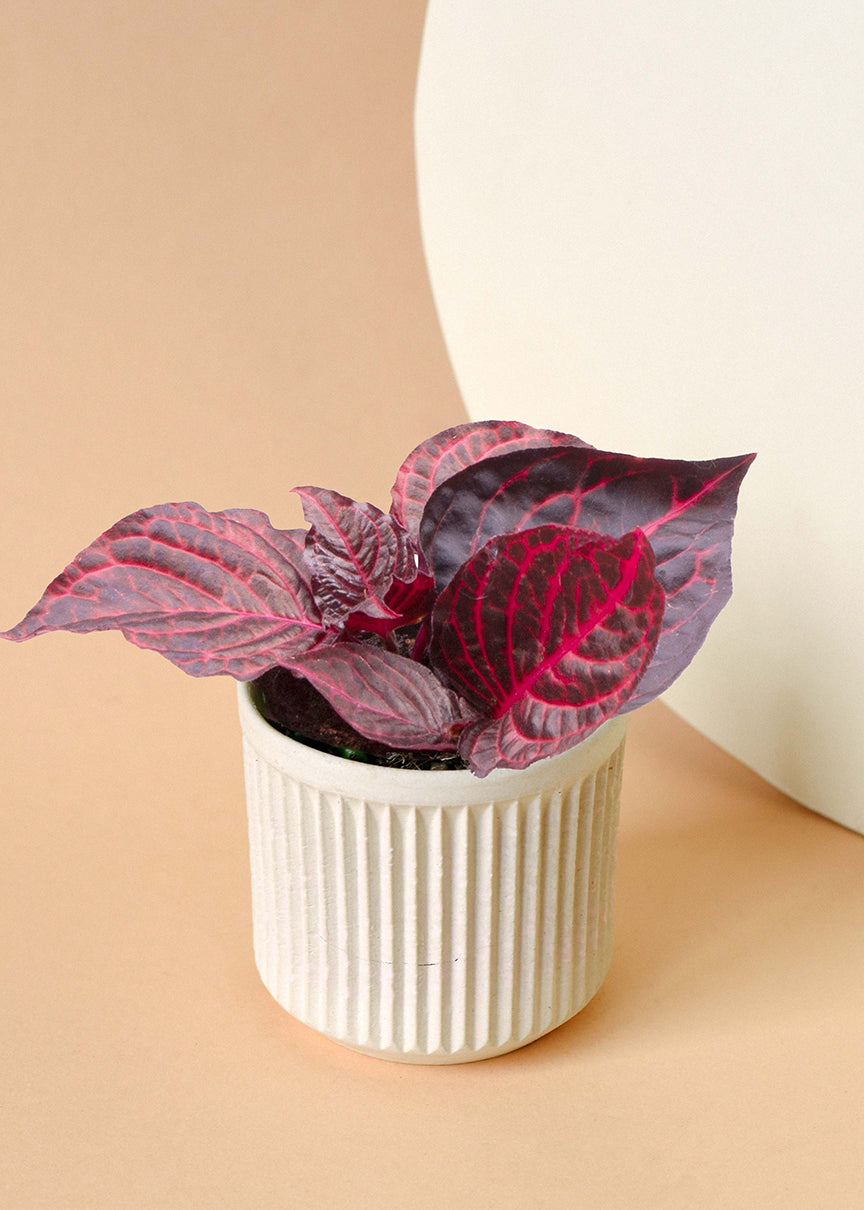
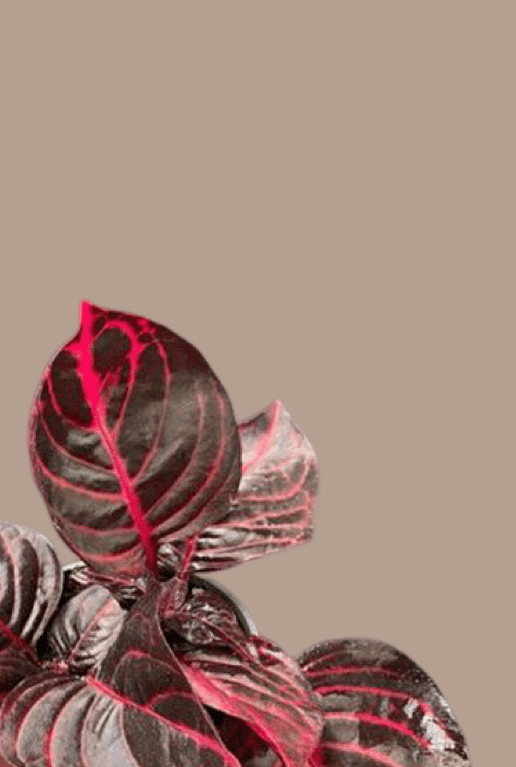

by Plant Circle
Adenanthos Care Guide - Simple Tips for Healthy Growth
Learn how to care for your Adenanthos with our simple guide. Tips on light, water, soil, and more for robust growth.
Read more
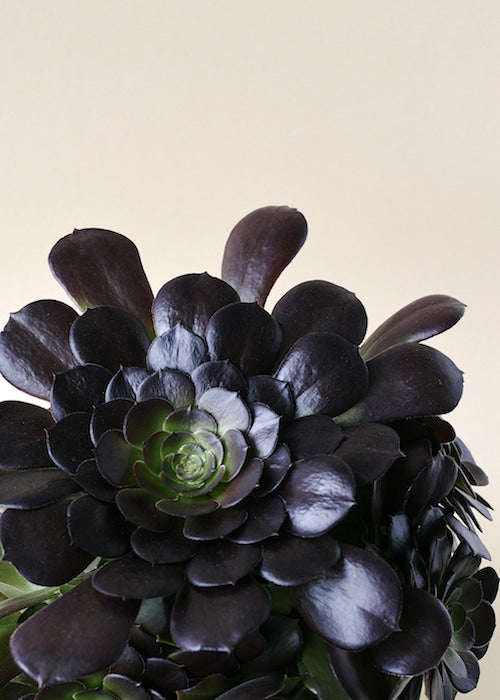
by Plant Circle
Aeonium Plant Care Guide
Learn how to care for Aeonium plants with our easy guide. Tips on light, water, soil, and more!
Read more
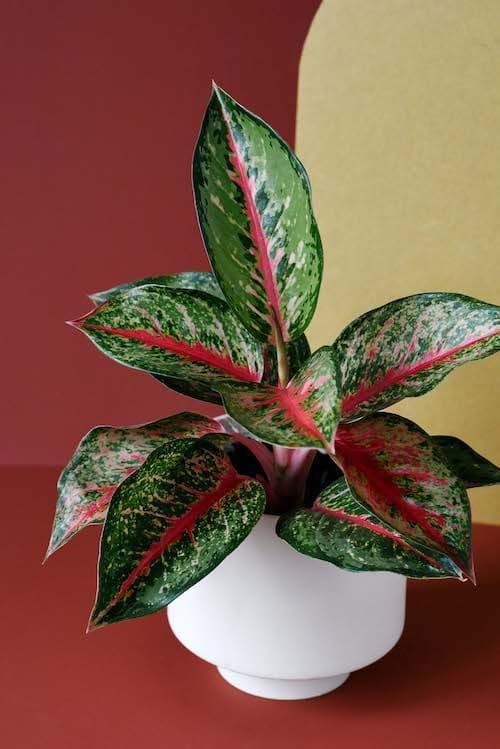
by Plant Circle
Aglaonema Plant Care Guide
Learn how to care for your Aglaonema with our expert tips on light, watering, soil, and more to keep your Chinese Evergreen thriving.
Read more
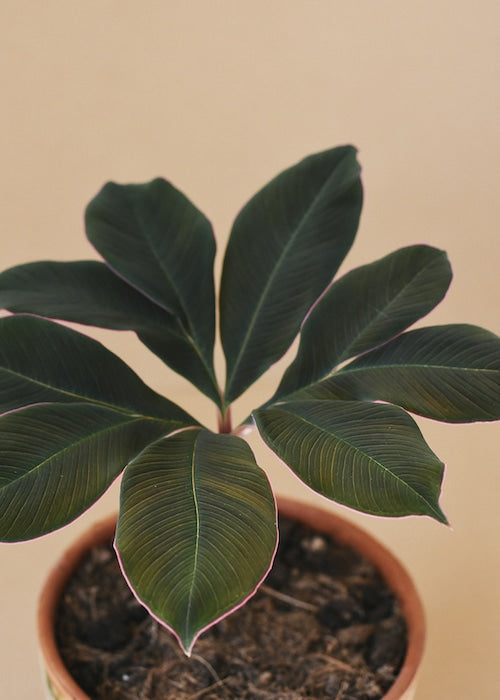
by Plant Circle
Amorphophallus Plant Care Guide
Discover essential care tips for your Amorphophallus, including light requirements and watering advice, to ensure vibrant growth and flowering.
Read more
by Plant Circle
Anadendrum Care Tips
Welcome to your guide on nurturing the stunning Anadendrum, a resilient and eye-catching houseplant. Perfect for both beginners and seasoned plant enthusiasts, this guide will cover essential care tips to ensure your Anadendrum thrives in your indoor garden. Let's dive into the specifics of how to care for this luscious green beauty. Care Summary Light Bright indirect sunlight, can tolerate low light Watering Water when top 3cm of soil is dry, allow to dry out between waterings Humidity Preferably high, but tolerates average household levels Soil Well-draining potting mix, such as aroid potting mix Pruning Prune dead or yellowing leaves, trim to encourage bushiness Toxicity Toxic to humans and animals when ingested Lighting Tips The Anadendrum thrives best in bright indirect sunlight. Although it can tolerate lower light conditions, optimal growth and health are achieved in well-lit environments. Avoid direct sunlight, which can scorch the leaves. Watering Advice Watering your Anadendrum correctly is crucial for its health. The top 3cm of the soil should be allowed to dry out before watering again. Overwatering can lead to root rot, so ensure that the pot has good drainage and that excess water can escape. Soil and Repotting A well-draining soil mix is vital, ideally a mix designed for aroids. Repot your Anadendrum when you notice roots are growing out of the pot's drainage holes. This typically occurs every 2-3 years but can depend on your plant's growth rate and conditions. Humidity and Temperature Anadendrum prefers high humidity but is quite adaptable to average home humidity levels. If your home is particularly dry, consider using a humidifier or placing your plant on a pebble tray filled with water to increase the surrounding moisture. Keep your Anadendrum in a warm environment, avoiding drafts and sudden temperature changes. Pruning and Maintenance Regularly prune your Anadendrum to remove any dead or yellowing leaves. This not only keeps the plant looking fresh but also encourages new growth. If you wish for a bushier appearance, periodic trimming can help achieve this shape. Why We Love It The Anadendrum is cherished for its lush foliage and minimal care requirements, making it an ideal choice for indoor gardeners looking to add a tropical touch to their space. Its ability to adapt to various light conditions and the straightforward watering schedule makes it a stress-free addition to any plant collection. Complete Anadendrum Plant Care Guide Discover essential care tips for your Anadendrum, including how to optimize light, water, and soil conditions for this stunning houseplant.
Read more
by Plant Circle
Aphelandra Care Guide - Keep Your Zebra Plant Thriving
Discover essential tips for Aphelandra care, including light requirements, watering schedules, and more. Keep your Zebra plant healthy and vibrant!
Read more
by Plant Circle
Asparagus Care Tips
Welcome to our comprehensive guide on caring for Asparagus plants. Whether you're a seasoned gardener or a novice looking to add a touch of green to your space, this guide will provide you with all the essential information to ensure your Asparagus thrives. Care Summary Aspect Details Light Part to full shade, well lit Watering Often, keep moist but not wet Humidity Above average Soil Well draining Pruning Regularly remove dead or dying fronds Toxicity Poisonous to humans and animals if ingested Lighting Tips Asparagus plants thrive in part to full shade but require well-lit conditions. Avoid direct sunlight as it can scorch the leaves. A north-facing window or a shaded part of your garden are ideal spots. Watering Advice Maintain consistent moisture for your Asparagus plant. Water it often enough to keep the soil moist but ensure it’s not waterlogged. During the warmer months, increase the frequency of watering. Humidity Needs Asparagus plants prefer above-average humidity. Consider placing a humidifier nearby or regularly misting the plant to maintain the ideal humidity levels. Soil Requirements Choosing the right soil is crucial for the health of your Asparagus plant. Use well-draining potting mix to prevent water retention and root rot. Pruning Practices Regular pruning helps maintain the health and appearance of your Asparagus plant. Trim back dead or dying fronds to encourage new growth and prevent disease. Why We Love It The Asparagus plant is not only visually appealing with its feathery foliage but also acts as an excellent air purifier, making it a fantastic addition to any home or office. Essential Asparagus Plant Care Guide Discover the best practices for Asparagus plant care, including ideal lighting, watering, and soil conditions to ensure your plant's health and beauty.
Read more
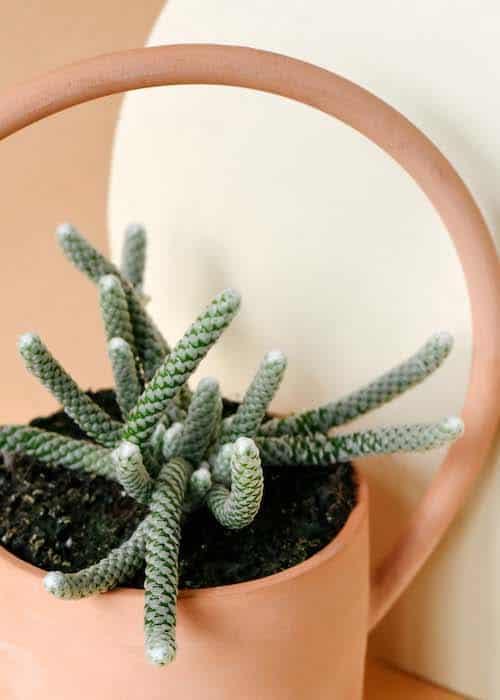
by Plant Circle
Avonia Plant Care Guide - Grow Thriving Avonia at Home
Master the art of Avonia care with our comprehensive guide. Learn about light, watering, soil, and more to keep your Avonia thriving.
Read more
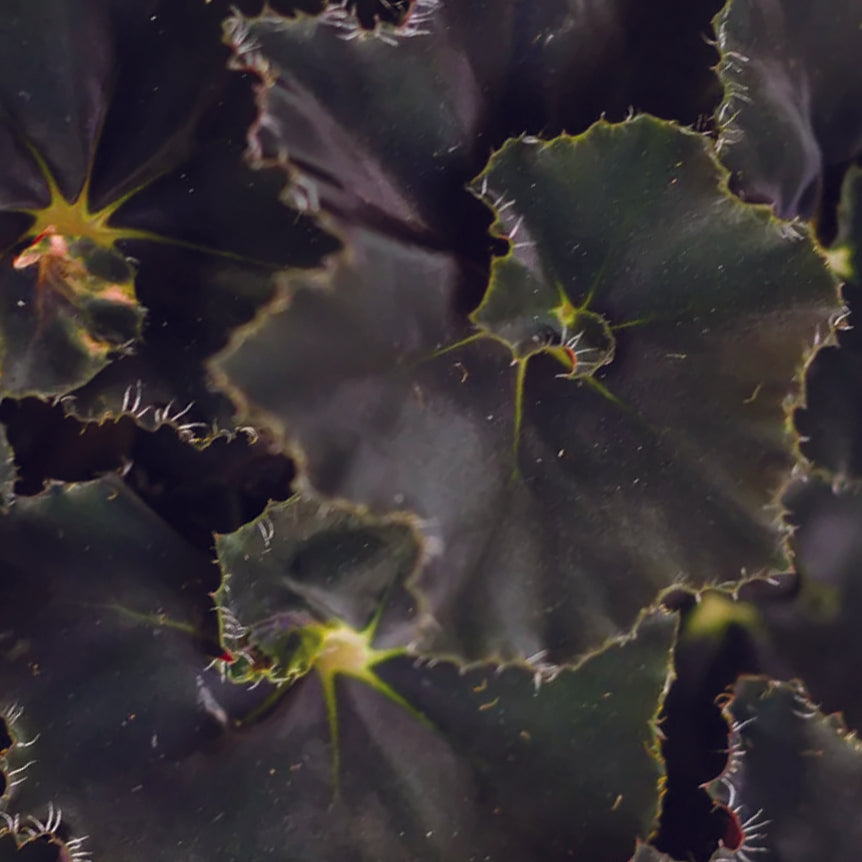
by Plant Circle
Begonia Care Guide: Tips for Thriving Plants
Learn how to care for your Begonia with our detailed guide. Discover tips on light, watering, and more for healthy growth.
Read more
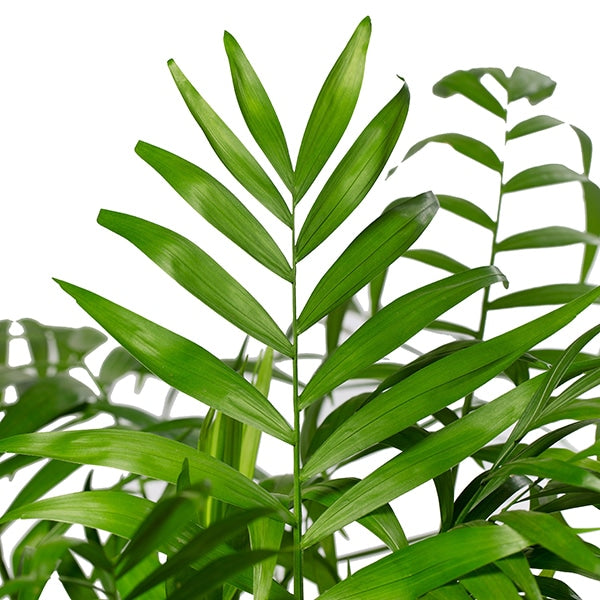
by Plant Circle
Chamaedorea Care Tips
Learn how to care for your Chamaedorea with simple tips on light, watering, and more, ensuring a thriving, vibrant palm.
Read more
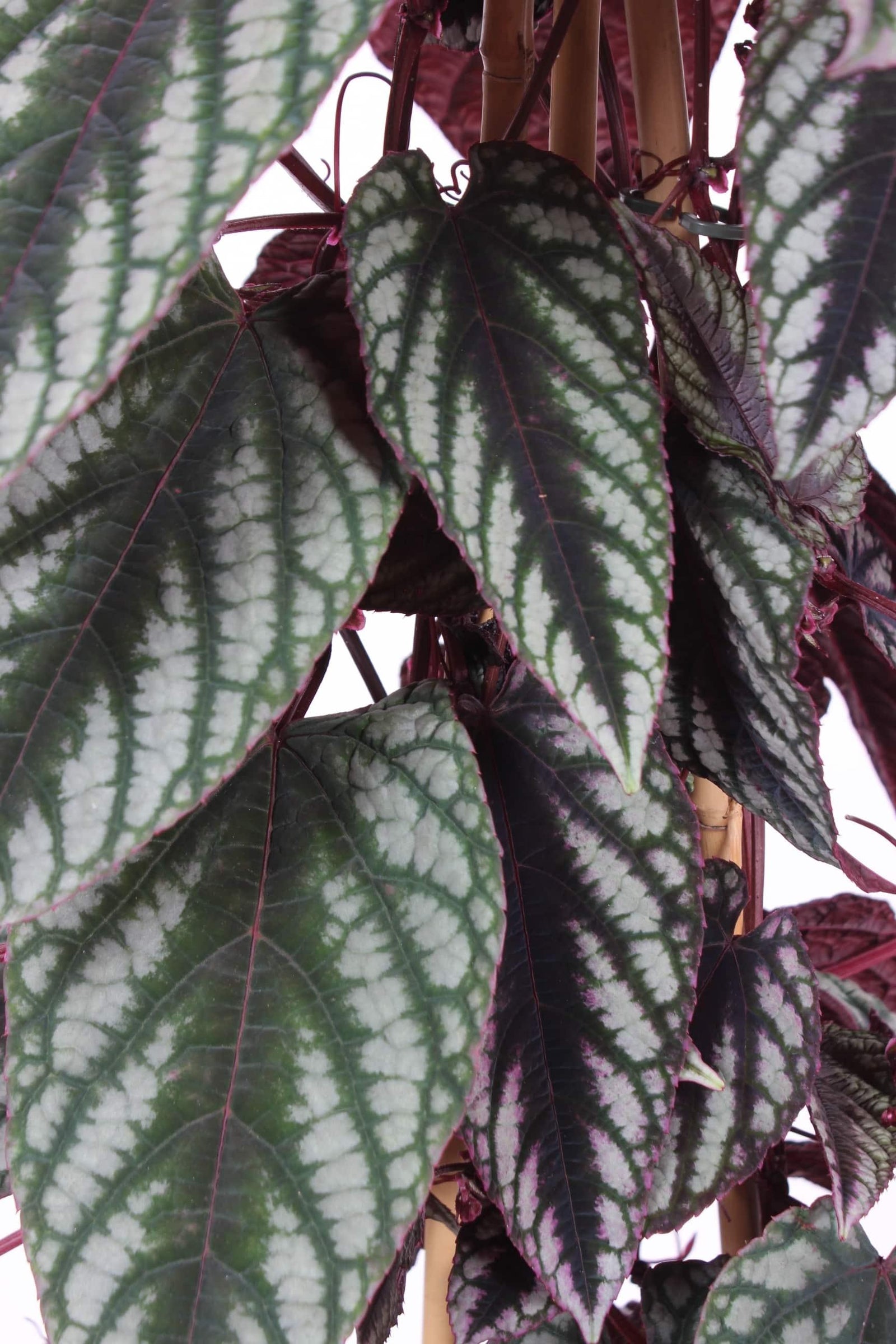
by Plant Circle
Cissus Plant Care Guide: Tips for Thriving Vines
Learn how to care for your Cissus plant with our expert tips on lighting, watering, and maintenance. Ensure your Cissus thrives in your home or office.
Read more
by Plant Circle
Complete Sonerila Plant Care Guide
Discover essential tips for Sonerila care including light requirements, watering, and more to keep your plant thriving.
Read more
by Plant Circle
Coniogramme Care Guide: Thrive in Shade & Safety
Learn how to care for Coniogramme plants with our easy guide. Tips on light, water, soil, and more, plus they're safe for pets!
Read more
by Plant Circle
Echeveria Care Tips
Read more
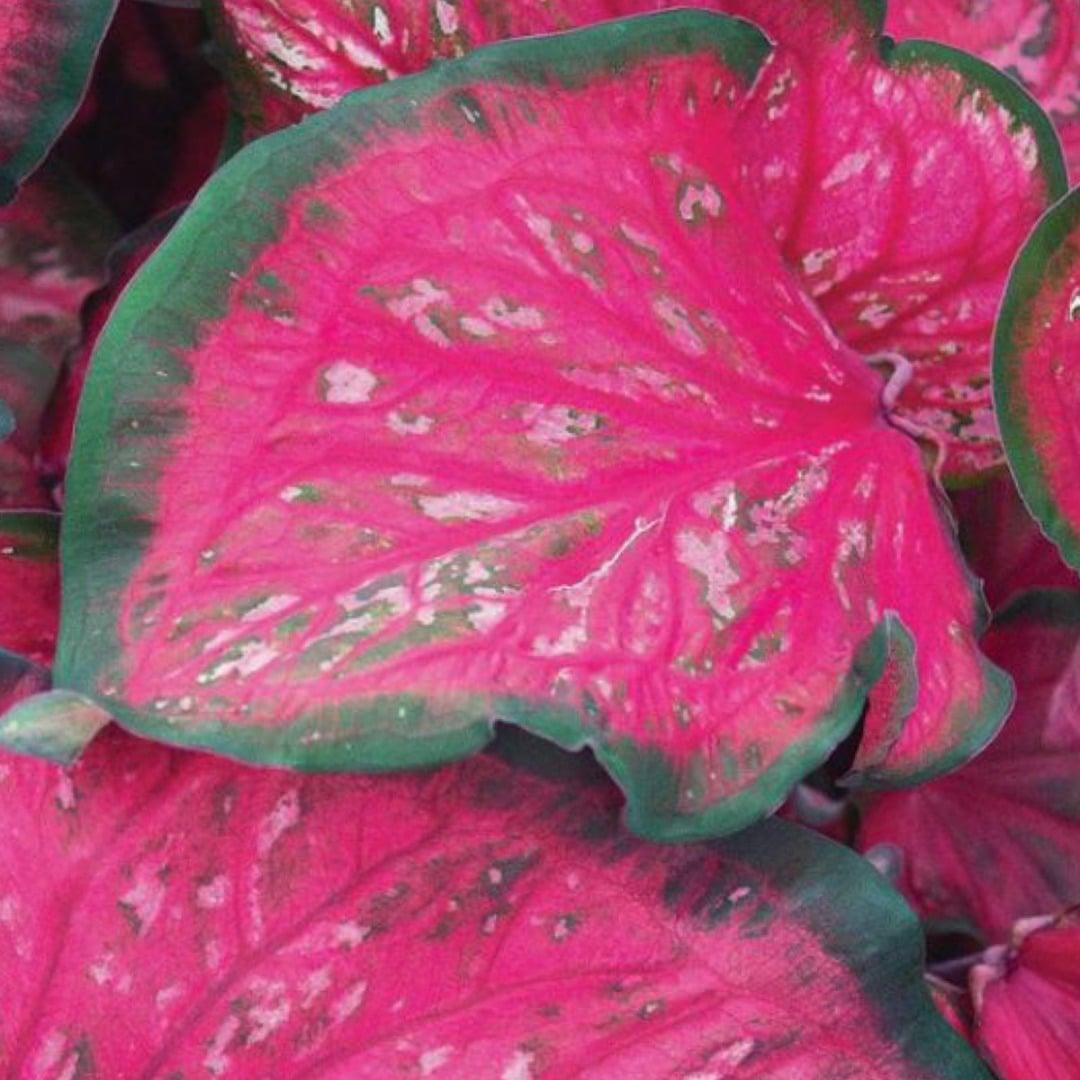
by Plant Circle
Essential Caladium Care Guide
Learn how to care for your Caladium to keep it thriving with our detailed, easy-to-follow guide. Perfect tips for vibrant foliage!
Read more
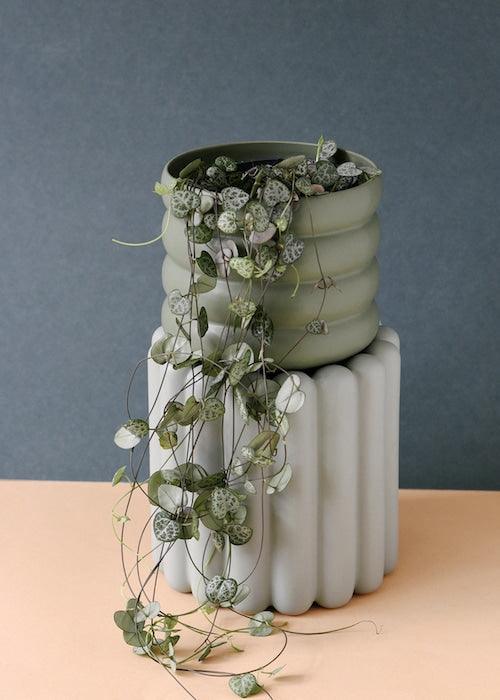
by Plant Circle
Essential Ceropegia Care Guide
Learn how to care for your Ceropegia with our expert tips on lighting, watering, and more. Keep your String of Hearts healthy and thriving.
Read more
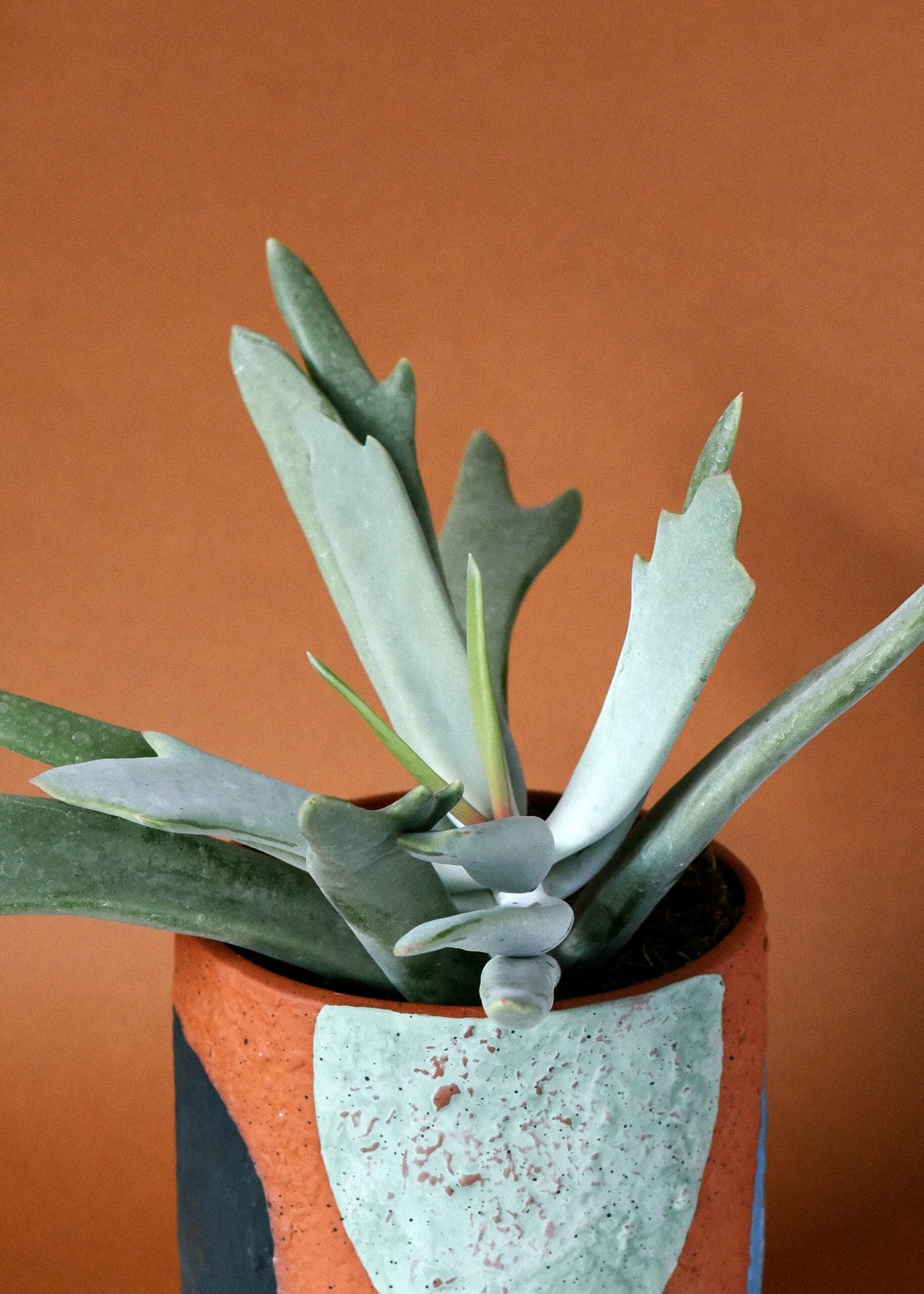
by Plant Circle
Essential Cotyledon Care Guide
Discover simple and effective care tips for your Cotyledon. Learn how to water, light, and fertilize to keep your plant thriving.
Read more
by Plant Circle
Essential Drosera Care Guide: Grow Thriving Sundews
Discover essential tips for growing Drosera, including the best light, water, and soil conditions. Ensure your sundews are healthy and thriving!
Read more
by Plant Circle
Essential Eucalyptus Plant Care Guide
Discover how to keep your eucalyptus thriving with our simple and effective plant care guide. Tips on light, water, and more!
Read more
by Plant Circle
Essential Euphorbia Plant Care Tips
Discover how to nurture your Euphorbia with our expert care tips on light, water, and soil requirements. Keep your Euphorbia flourishing!
Read more
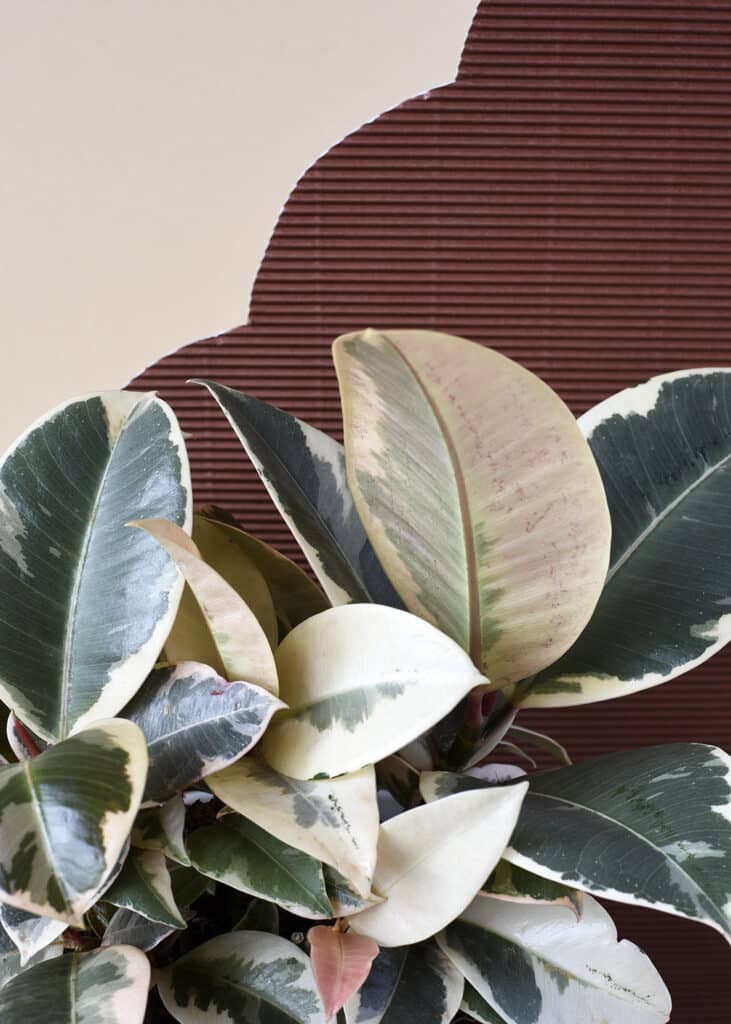
by Plant Circle
Essential Ficus Plant Care Tips
Master the art of Ficus care with our comprehensive guide on light, watering, soil, and more. Keep your Ficus thriving!
Read more
by Plant Circle
Essential Fittonia Plant Care Guide: Keep It Thriving
Learn how to care for your Fittonia with our expert guide on light, watering, humidity, and more. Keep your Fittonia lush and vibrant!
Read more
by Plant Circle
Essential Geogenanthus Plant Care Guide
Discover expert tips on Geogenanthus care, including ideal light, water, and soil conditions. Learn to grow this stunning plant today!
Read more
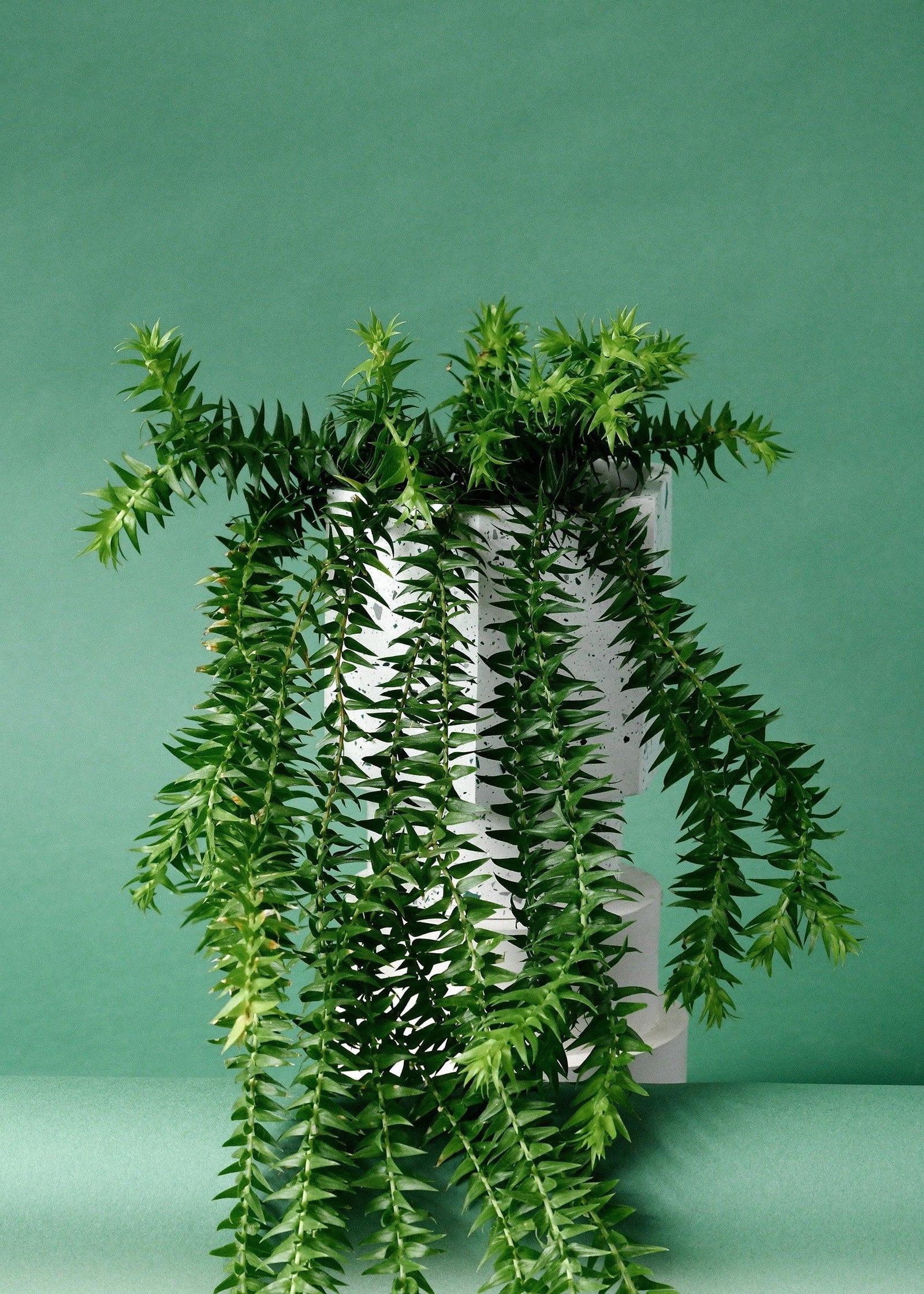
by Plant Circle
Essential Huperzia Care Guide - Keep Your Plant Thriving
Discover essential Huperzia care tips including light requirements, watering, and more to keep your plant thriving indoors.
Read more
by Plant Circle
Essential Pinguicula Care Tips
Learn how to care for your Pinguicula with our easy guide covering light, water, and more. Perfect for keeping your Butterwort healthy.
Read more
by Plant Circle
Essential Xerosicyos Plant Care Tips
Discover how to care for your Xerosicyos with our expert tips on lighting, watering, and soil. Perfect for beginners!
Read more
by Plant Circle
Hibiscus Care Essentials Guide
Discover essential tips for hibiscus care, from sunlight needs to watering routines. Ensure your hibiscus blooms beautifully with our guide.
Read more
by Plant Circle
Kleinia Care Guide: Tips for Thriving Plants
Discover essential care tips for Kleinia plants, including light needs, watering schedule, and soil preferences to keep your succulents thriving.
Read more
by Plant Circle
Labisia Plant Care Guide – Easy Tips for Healthy Growth
Learn how to nurture your Labisia with our detailed care guide. Discover tips on light, water, soil, and more for lush growth.
Read more
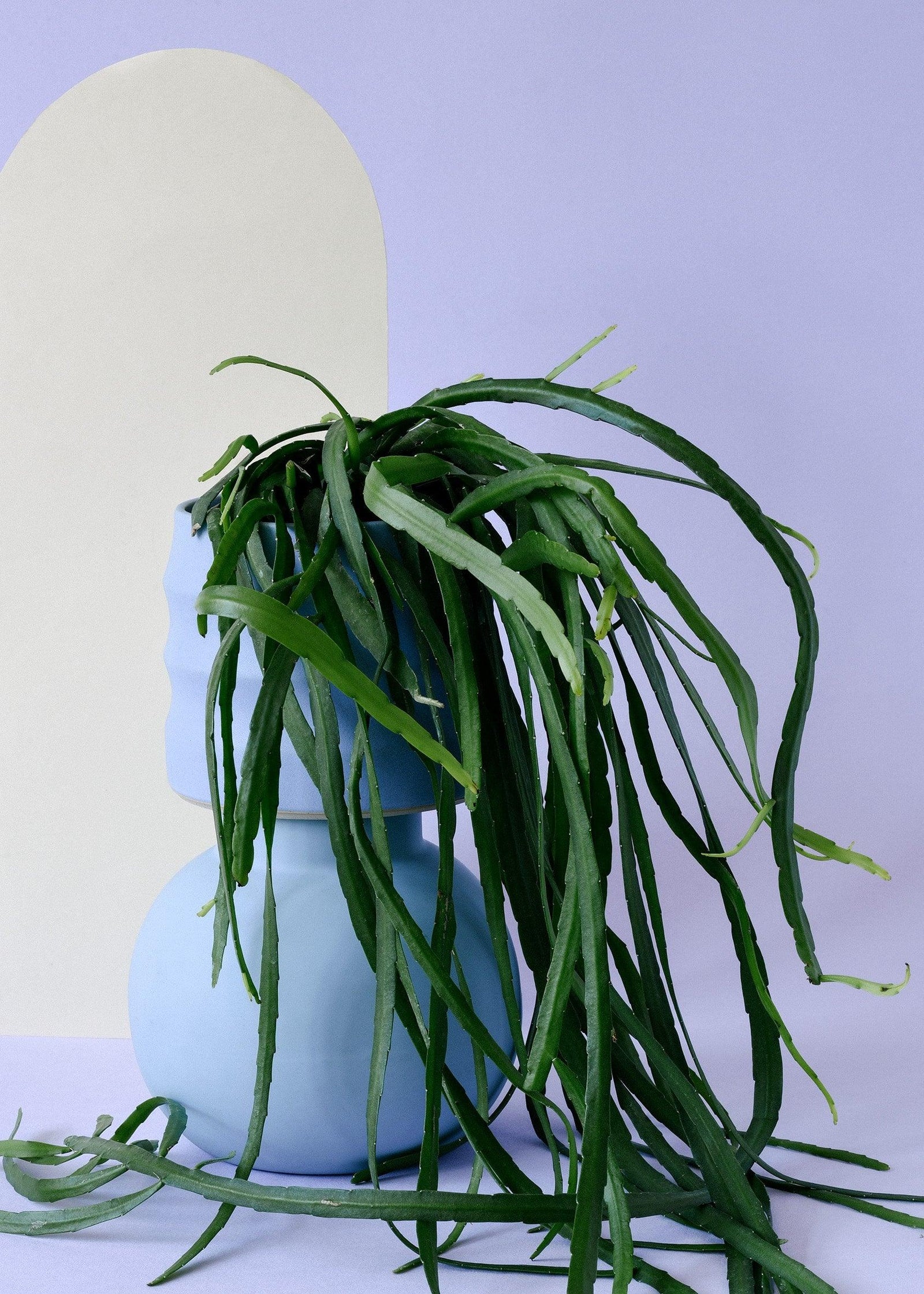
by Plant Circle
Lepismium Plant Care Guide - Tips for Healthy Growth
Master the art of caring for your Lepismium plant with our expert guide. Tips on light, water, soil, and more for robust growth.
Read more

by Plant Circle
Monolena Plant Care Guide
Discover essential tips for Monolena care, including light requirements, watering, and soil preferences. Keep your plant thriving!
Read more
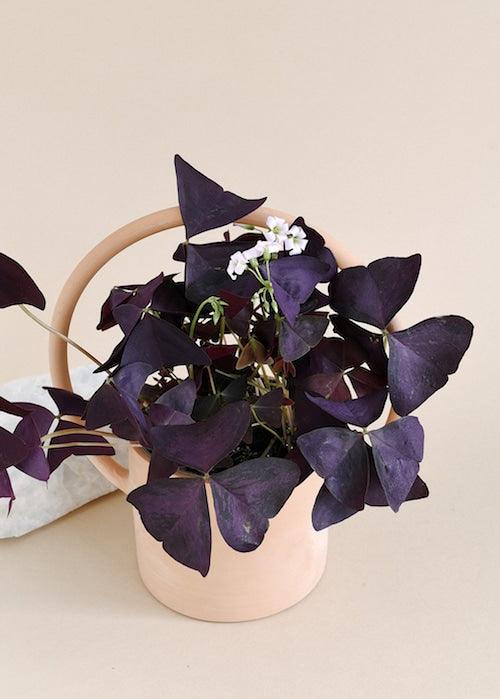
by Plant Circle
Oxalis Plant Care Guide | Tips & Tricks
Discover how to nurture your Oxalis plant with our expert care tips on light, water, and soil requirements. Perfect your green thumb with us!
Read more
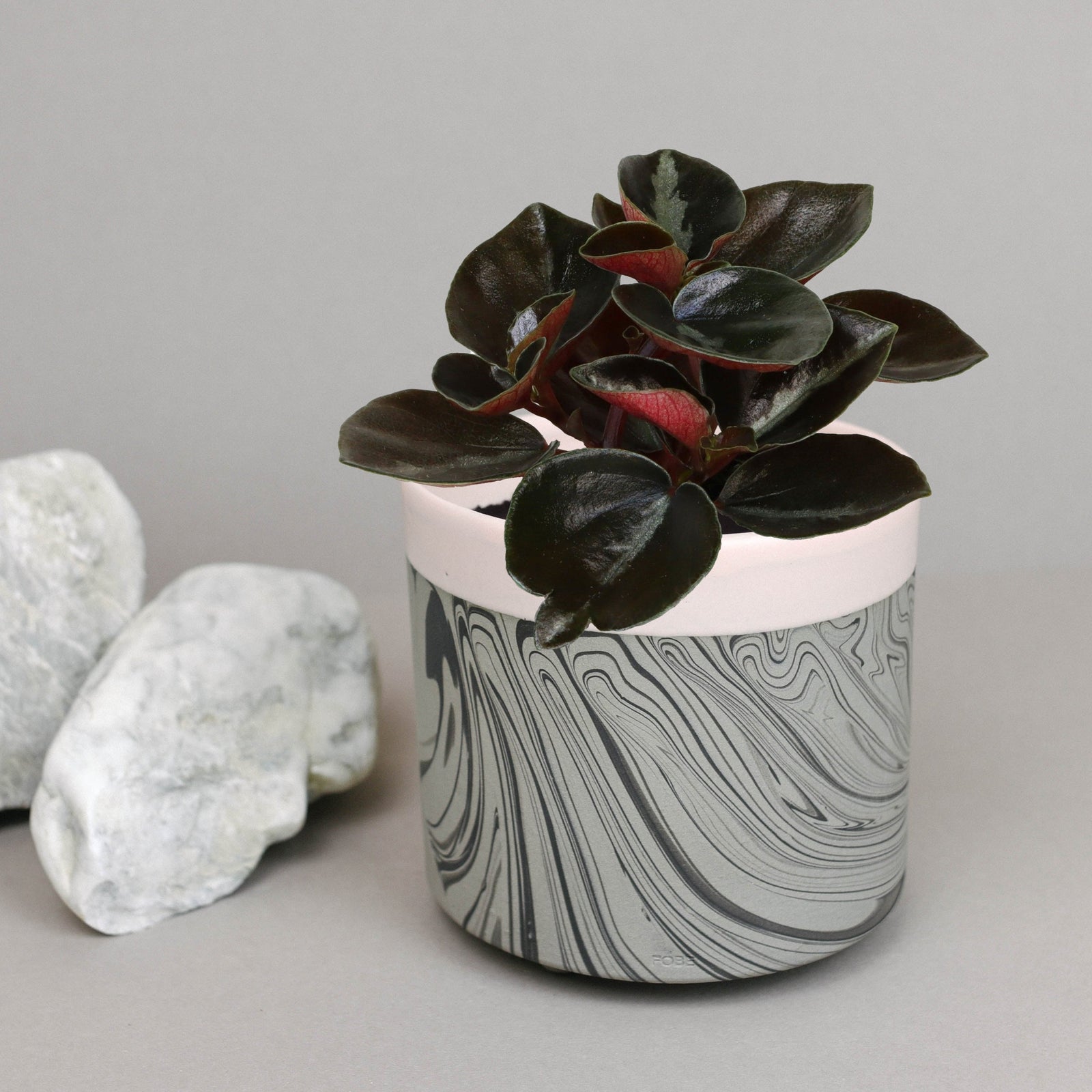
by Plant Circle
Peperomia Care Guide – Keep Your Plant Thriving
Discover essential care tips for your Peperomia, including how to water, light requirements, and more to ensure your plant thrives indoors.
Read more
by Plant Circle
Phyllanthus Plant Care Guide
Learn how to care for your Phyllanthus with our easy guide. Tips on light, water, soil, and more to keep your plant healthy and thriving.
Read more
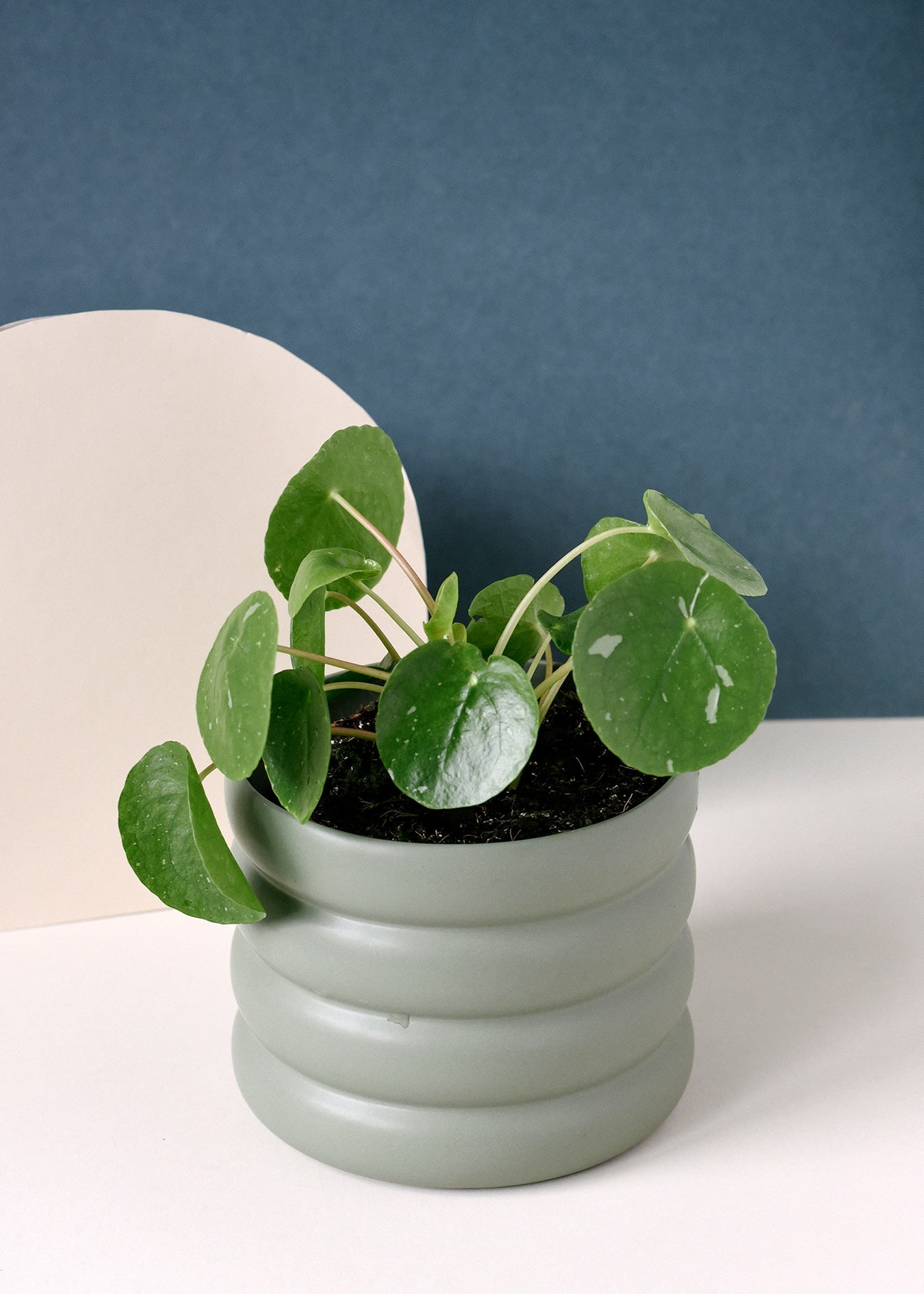
by Plant Circle
Pilea Care Guide: Grow Thriving Chinese Money Plants
Discover expert tips for caring for your Pilea plant. Learn about light requirements, watering, and more in our comprehensive guide.
Read more
by Plant Circle
Schismatoglottis Plant Care Guide & Tips
Master the art of caring for your Schismatoglottis with our detailed guide. Learn the best practices for light, water, and more.
Read more
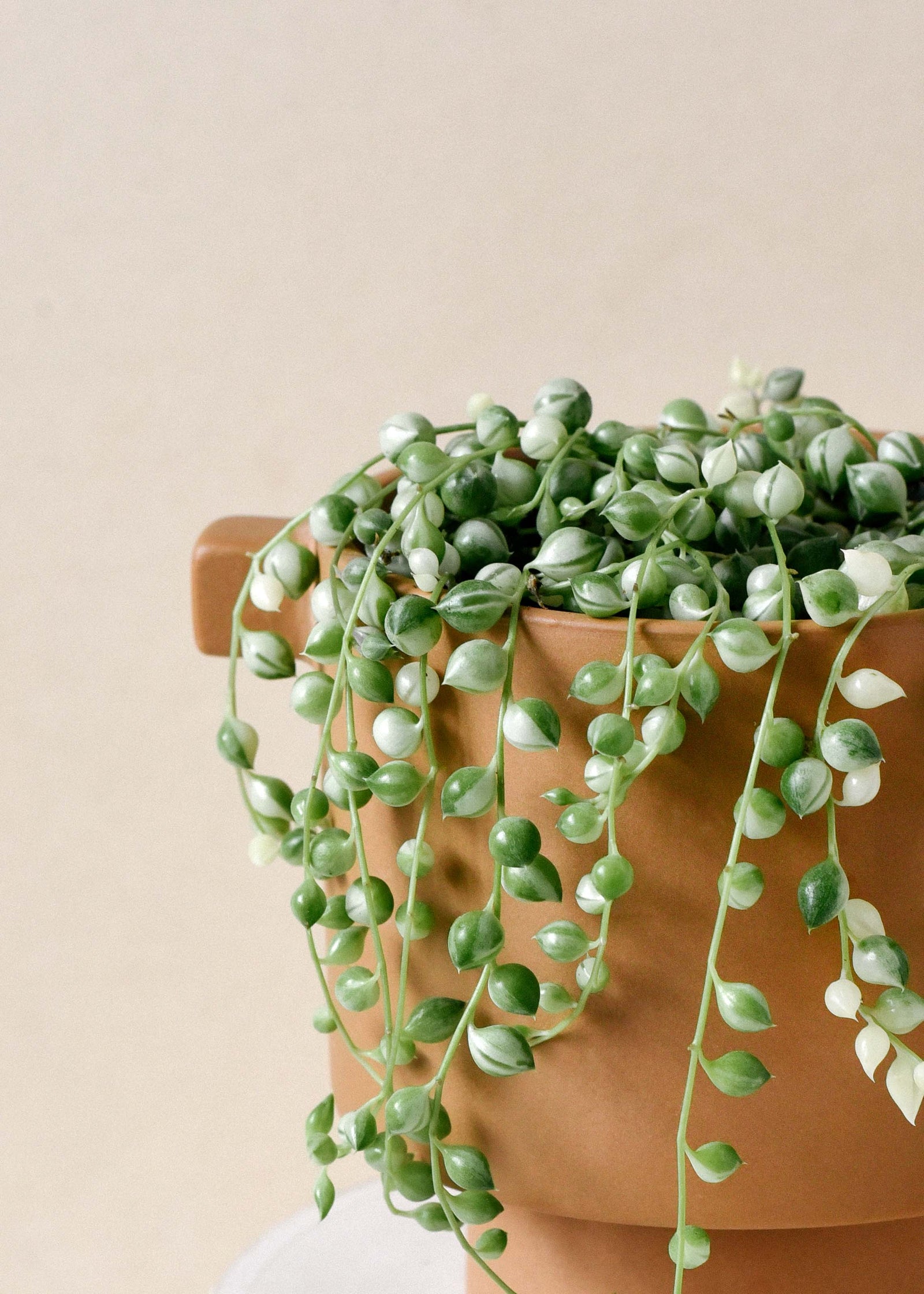
by Plant Circle
Senecio Plant Care Guide
Master the art of caring for your Senecio! Discover essential tips on light, watering, and more to keep your Senecio thriving.
Read more
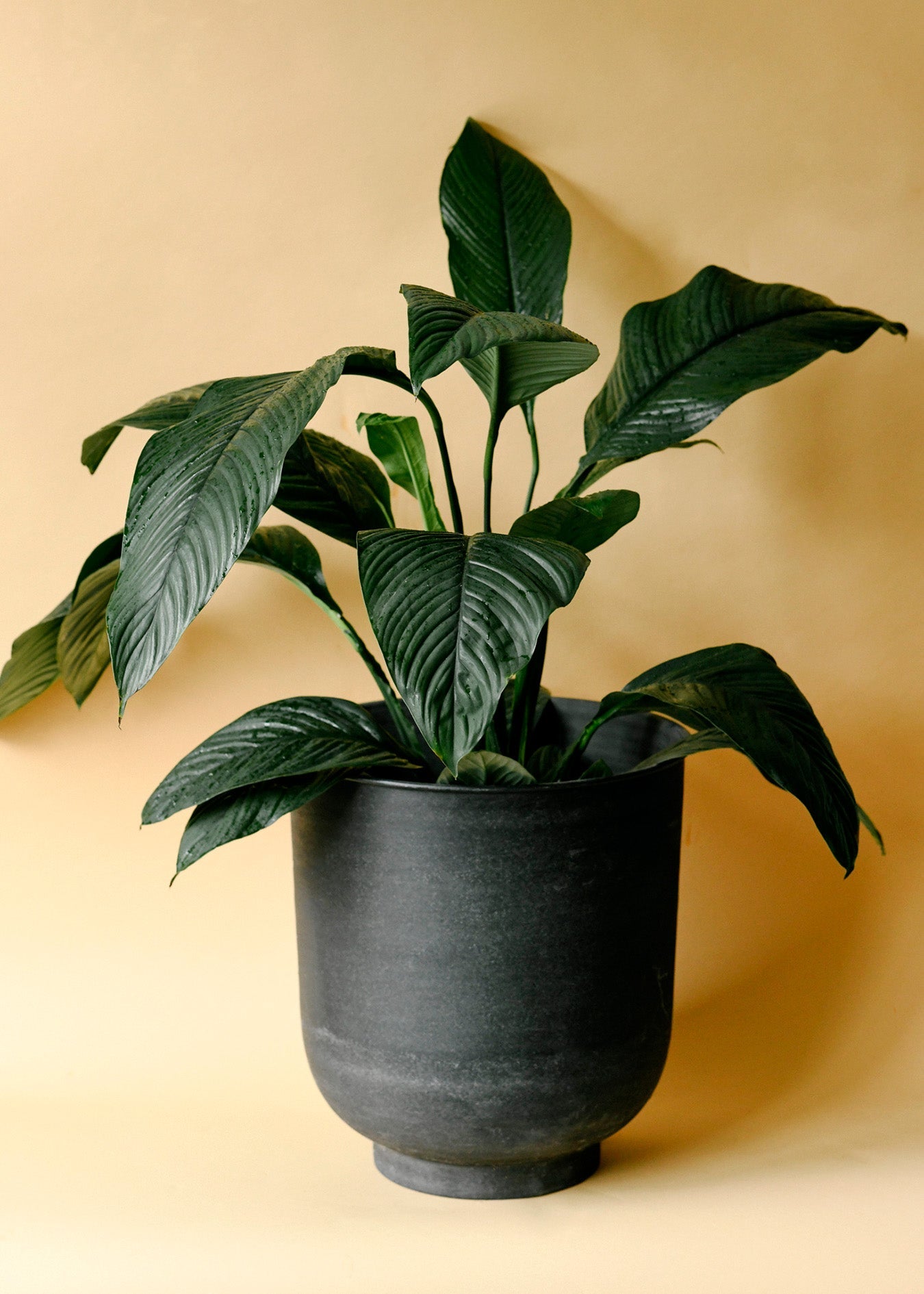
by Plant Circle
Spathiphyllum Care Tips
Master the care of your Spathiphyllum with our detailed guide covering everything from light requirements to watering tips.
Read more
by Plant Circle
Stapelia Care Guide: Thrive with Ease
Master the care of your Stapelia with our easy-to-follow guide. Learn about lighting, watering, and more for a healthy, blooming succulent.
Read more
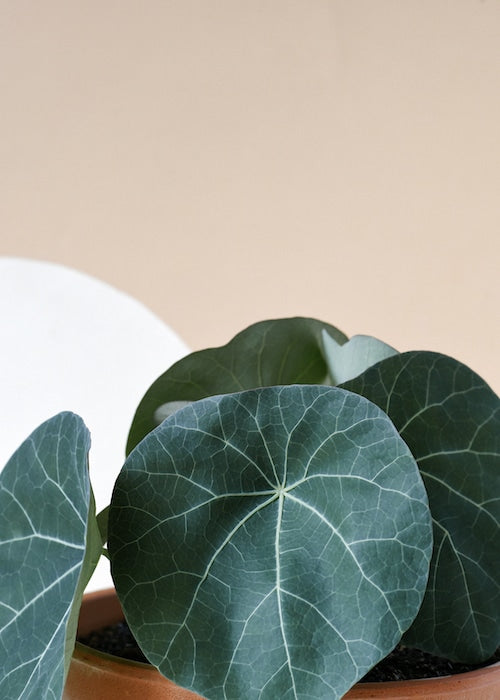
by Plant Circle
Stephania Plant Care Guide
Learn how to care for your Stephania plant with our expert tips on light, water, soil, and more. Keep your plant thriving!
Read more
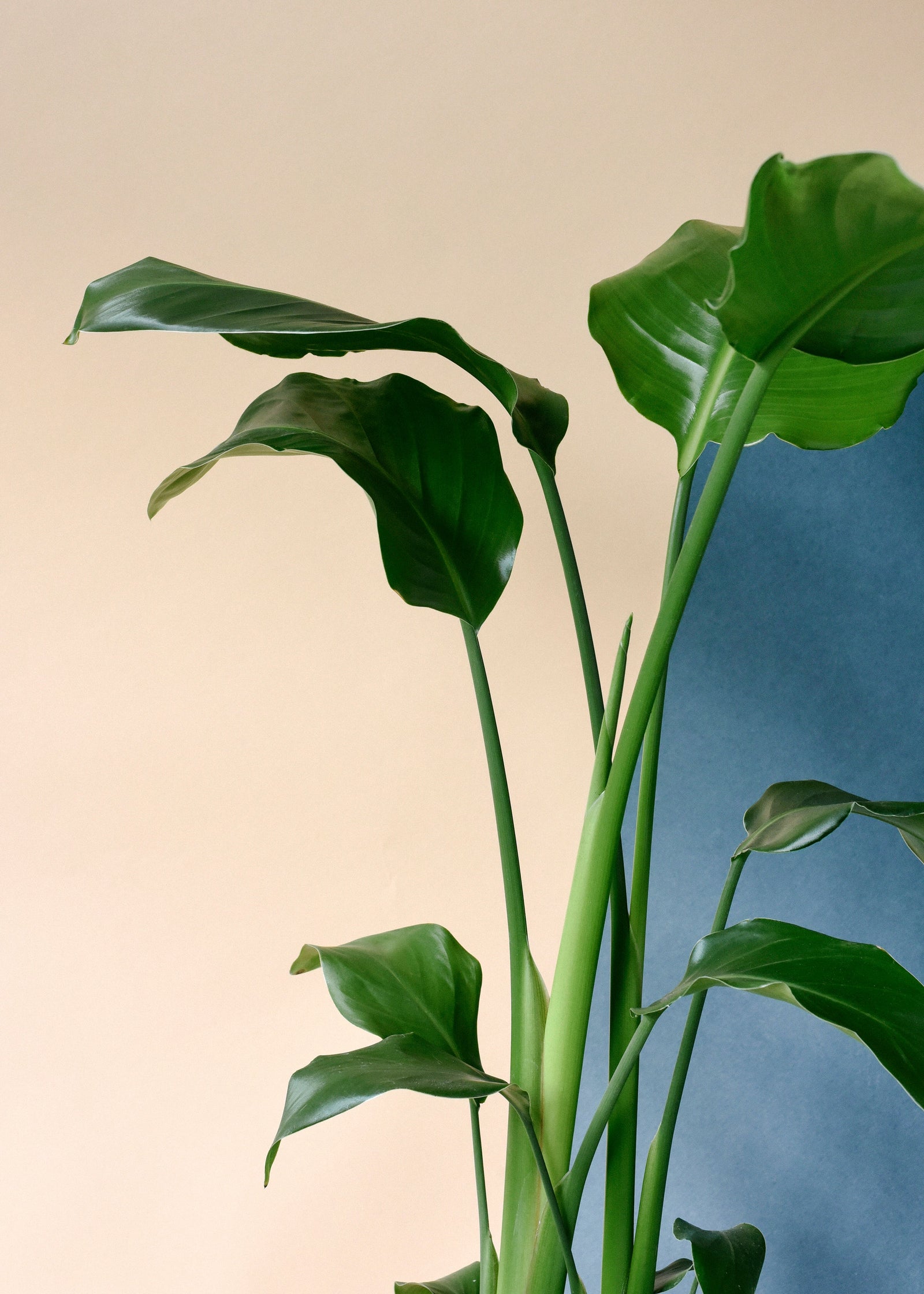
by Plant Circle
Strelitzia Care Guide - Keep Your Bird of Paradise Thriving
Master the art of Strelitzia care with our detailed guide on light, water, and more. Help your Bird of Paradise thrive indoors!
Read more
by Plant Circle
Syngonanthus Care Guide - Keep Your Plant Thriving
Learn how to care for your Syngonanthus with our expert tips on light, water, humidity, and more. Keep your plant healthy and blooming.
Read more
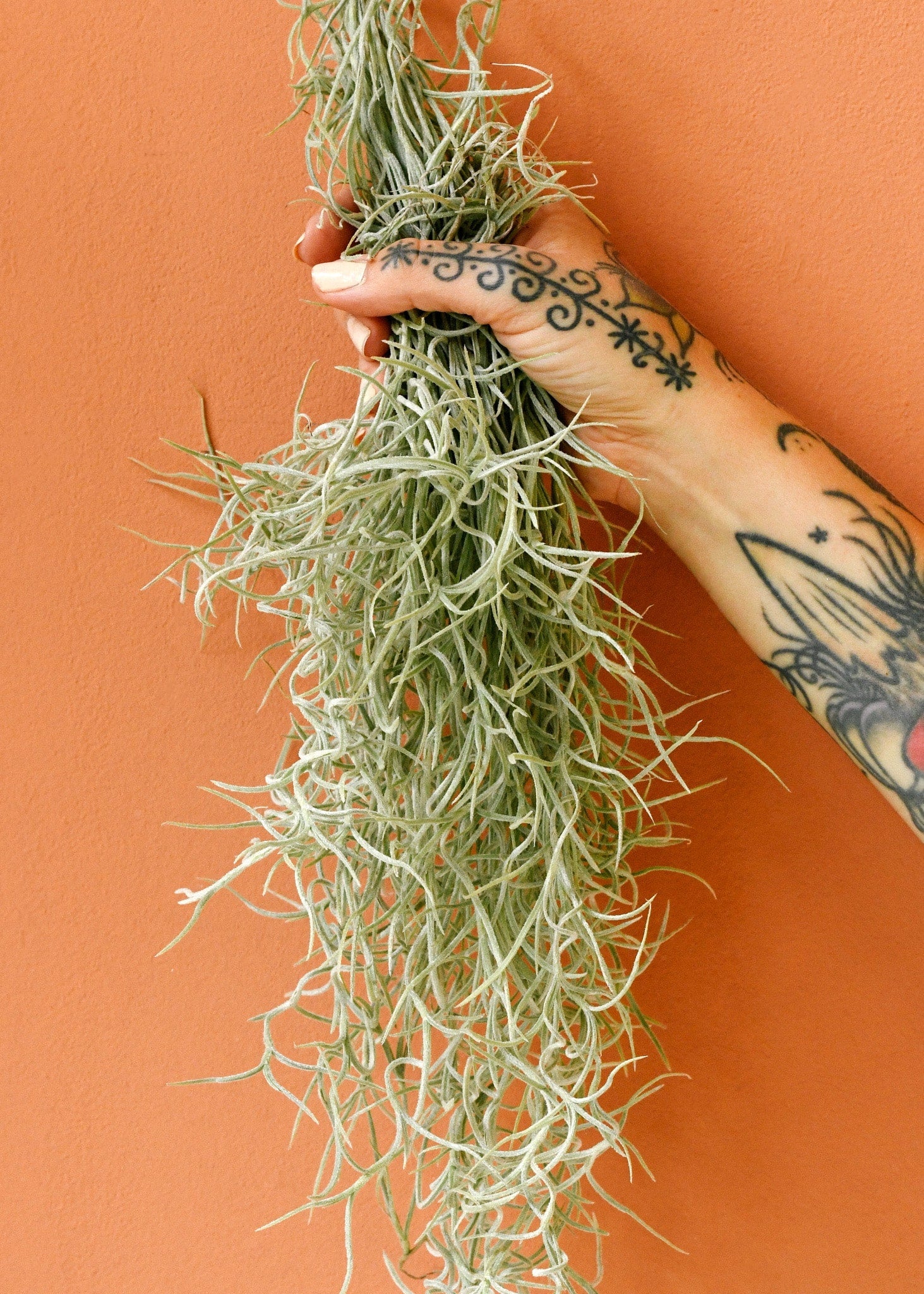
by Plant Circle
Tillandsia Care Guide: Tips for Thriving Air Plants
Learn how to care for your Tillandsia, the enchanting air plant. Tips on light, water, and maintenance for a healthy, vibrant air plant.
Read more
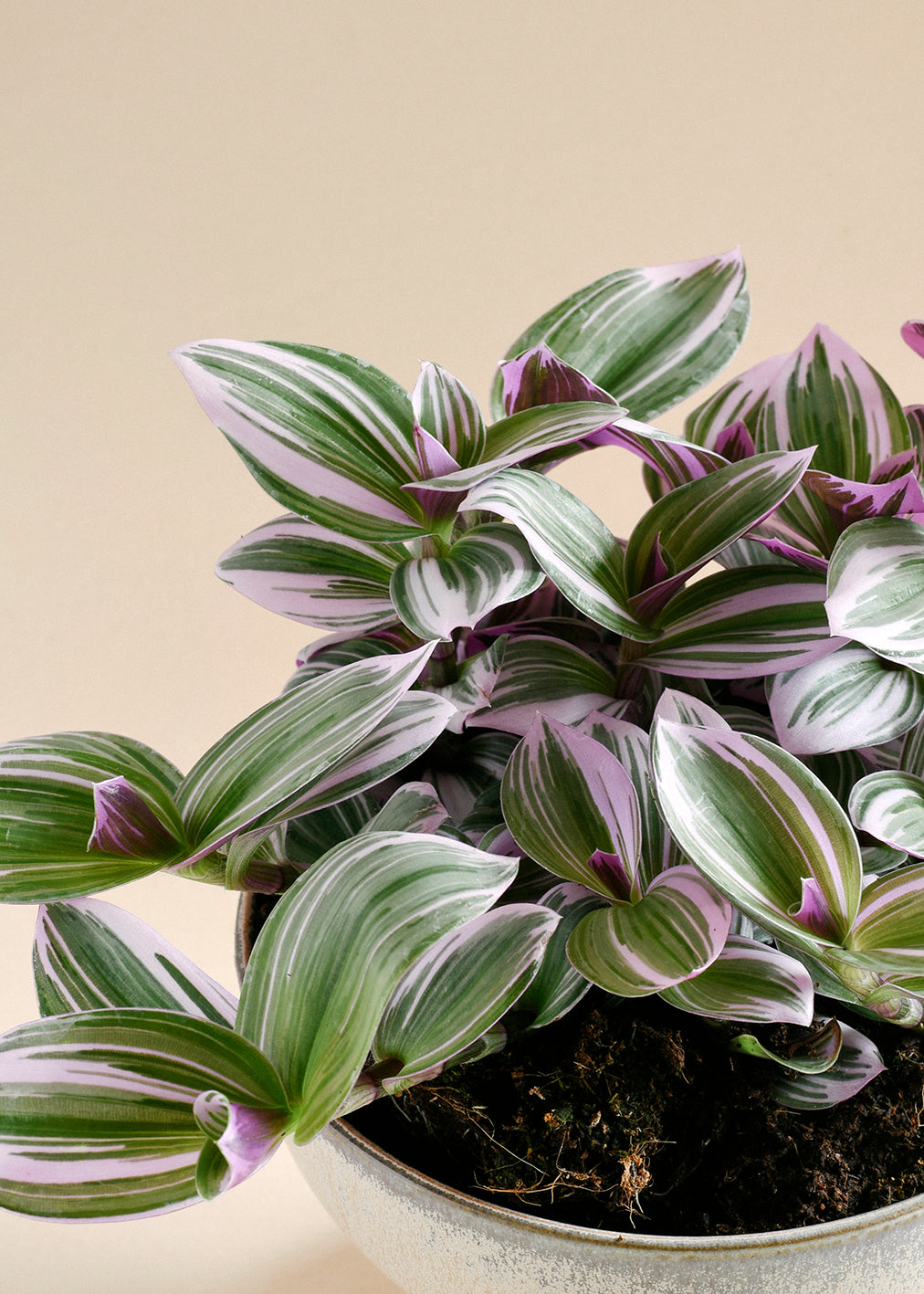
by Plant Circle
Tradescantia Care Guide: Keep It Thriving
Master the art of caring for your Tradescantia with our detailed guide. Tips on light, water, soil, and more for optimal growth.
Read more
by Plant Circle
Ultimate Cyrtosperma Care Guide
Discover essential care tips for Cyrtosperma, the tropical giant taro, to keep it thriving indoors. Learn about light, water, and more.
Read more
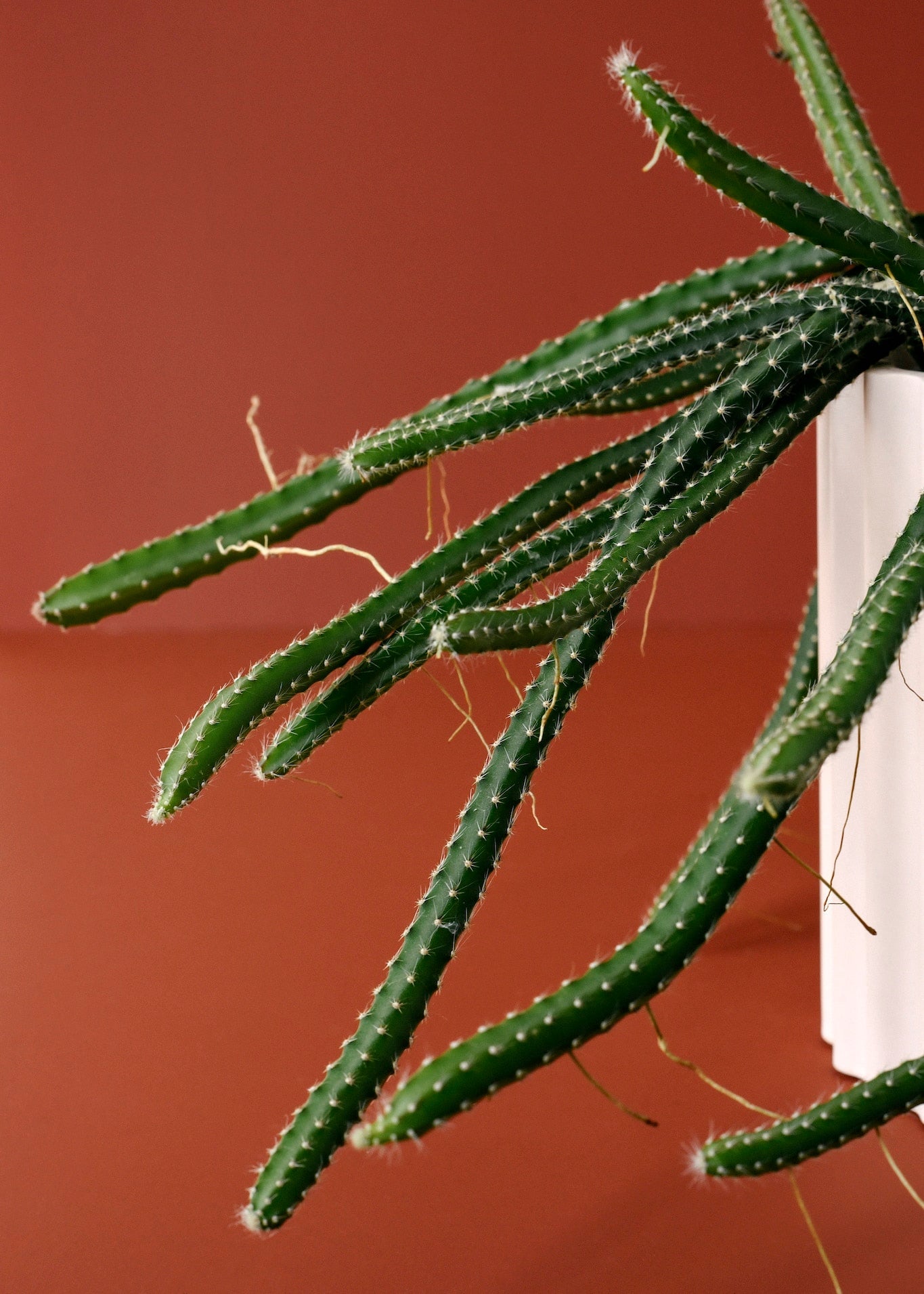
by Plant Circle
Ultimate Guide to Selenicereus Plant Care
Discover essential tips on Selenicereus care including light, watering, and soil needs. Keep your moonlight cactus thriving with our expert advice.
Read more
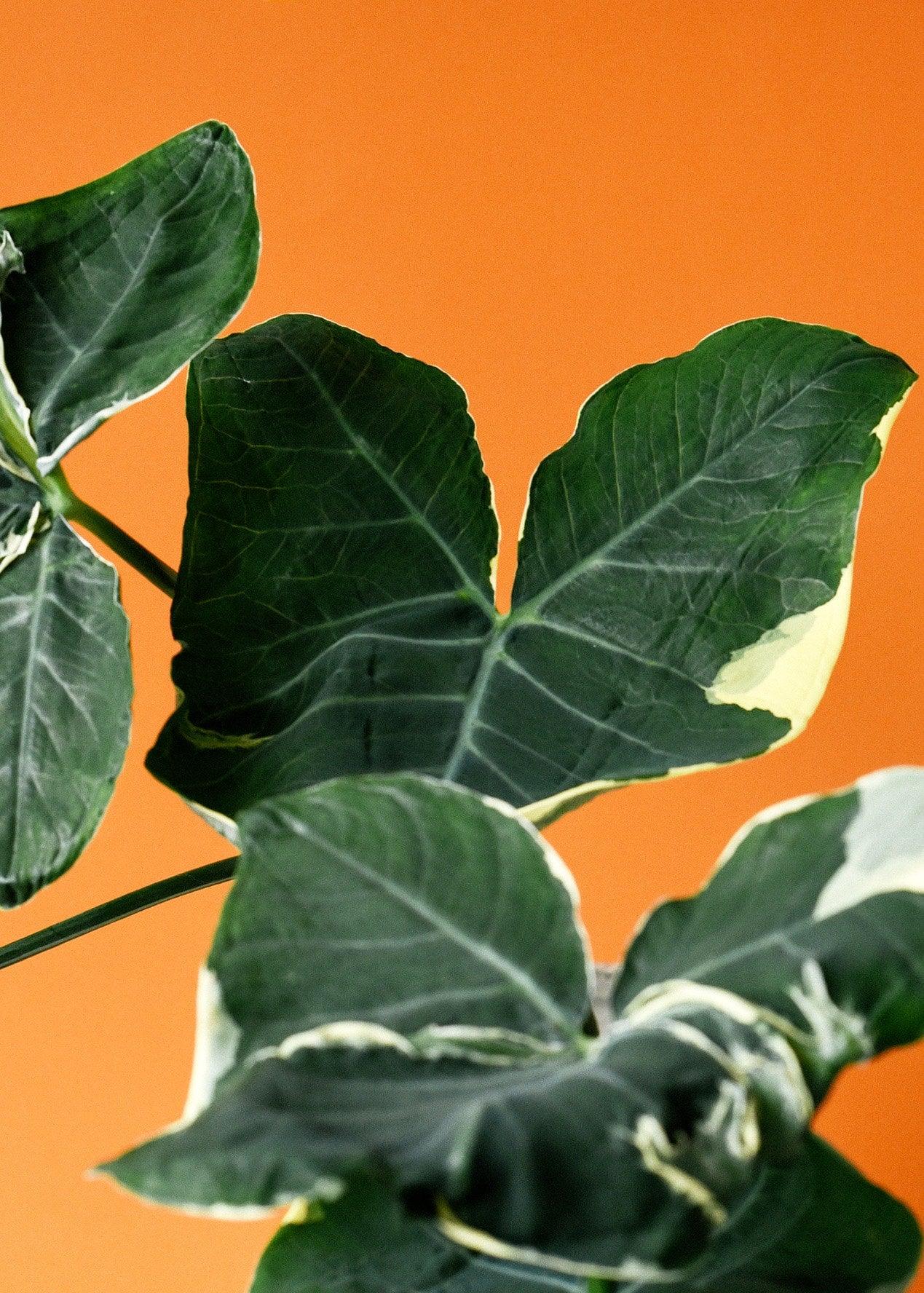
by Plant Circle
Xanthosoma Plant Care Guide
Master the art of caring for your Xanthosoma with our easy-to-follow guide. Learn about light, water, soil, and more.
Read more
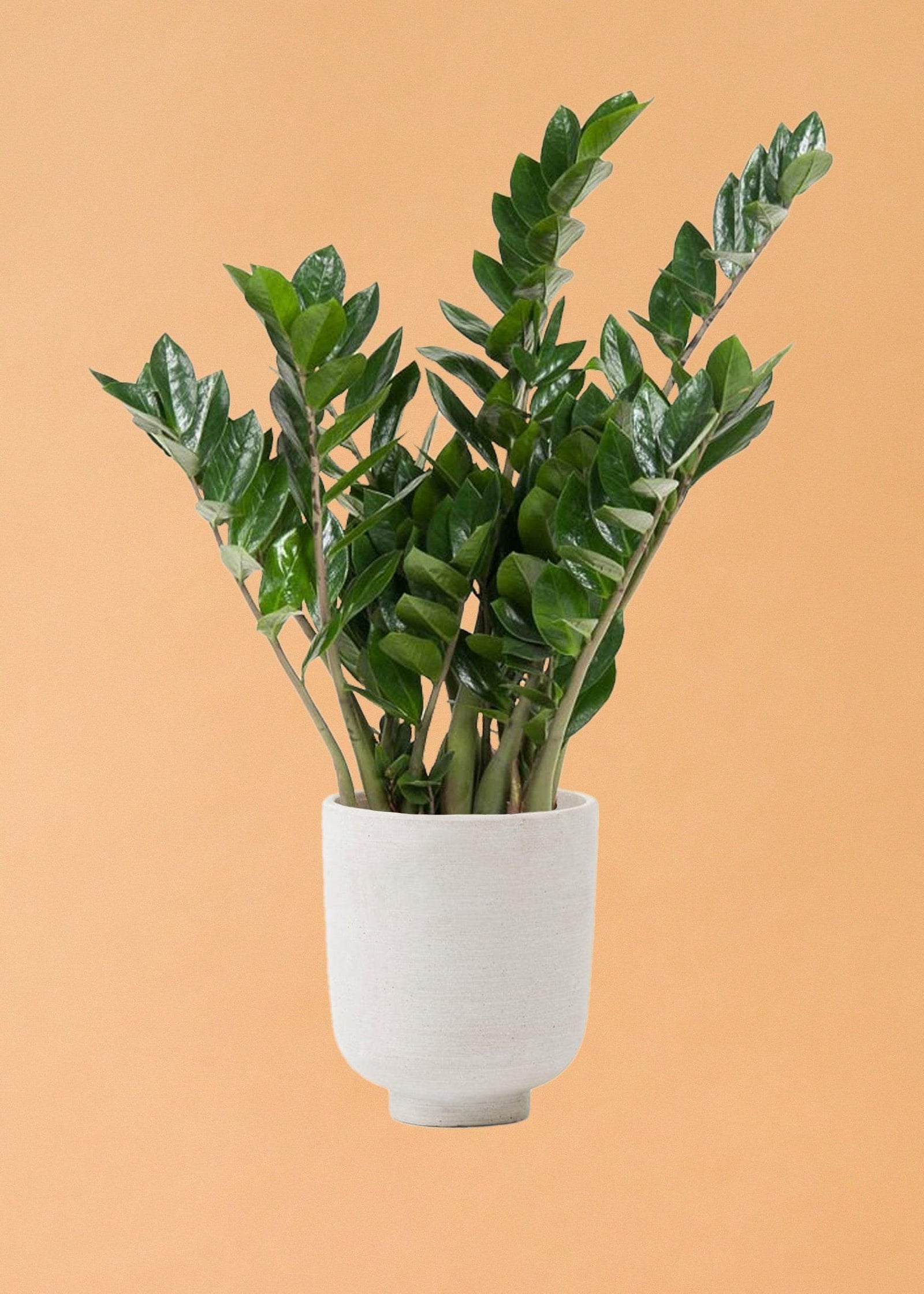
by Plant Circle
Zamioculcas Care Tips
Welcome to our comprehensive guide on caring for the Zamioculcas, commonly known as the ZZ plant. This resilient plant is a favorite among both novice and experienced gardeners due to its ability to thrive with minimal care. In this guide, we'll cover everything you need to know to keep your Zamioculcas healthy and vibrant. Care Summary Light Bright, indirect light; tolerates low light Watering Let soil dry between waterings; avoid overwatering Humidity Average; can increase if air is too dry Soil Well-draining with high perlite or sand content Pruning Prune to remove dead or yellowing leaves Toxicity Toxic to pets and humans if ingested Lighting Tips The Zamioculcas performs well in bright, indirect light but is remarkably adaptable and can also thrive in lower light conditions. However, it's important to shield it from direct sunlight, which can scorch its leaves. Watering Advice Water your ZZ plant only when the top inch of soil is dry. This plant is drought-tolerant and prone to rot if overwatered. It's better to err on the side of underwatering. Soil Recommendations A well-draining potting mix is crucial for the health of your Zamioculcas. A mix with a high content of perlite or sand will ensure that excess water drains quickly, preventing root rot. Managing Humidity While the ZZ plant tolerates average household humidity, dry air due to artificial heating may require a slight increase in humidity. However, avoid creating overly humid conditions as this could harm the plant. Pruning Practices Prune your ZZ plant by removing any yellow or dead leaves. This not only keeps the plant looking tidy but also encourages healthier growth. Use clean, sharp scissors or pruning shears to make clean cuts. Understanding Toxicity Be cautious as Zamioculcas is toxic when ingested by pets and humans. Keep it out of reach of children and animals, and handle with care during pruning or repotting. Why We Love It The Zamioculcas is beloved for its elegant appearance and its forgiving, low-maintenance nature. It's an excellent choice for those looking to add a touch of green to their home without the need for daily care. Its ability to purify the air is an added bonus, making it a practical and attractive addition to any room. Zamioculcas Care Guide: Grow Thriving ZZ Plants Discover essential tips for thriving Zamioculcas plants in our detailed care guide. Easy, effective advice for beginners and experts alike!
Read more
We have answers!
See answers to some common questions.
Can you ship my order at a later date?
expand_moreWhere are orders dispatched from?
expand_moreWill I receive an invoice for my order?
expand_moreBe the first to know about newly stocked plants and accessories, sales and exclusive offers.